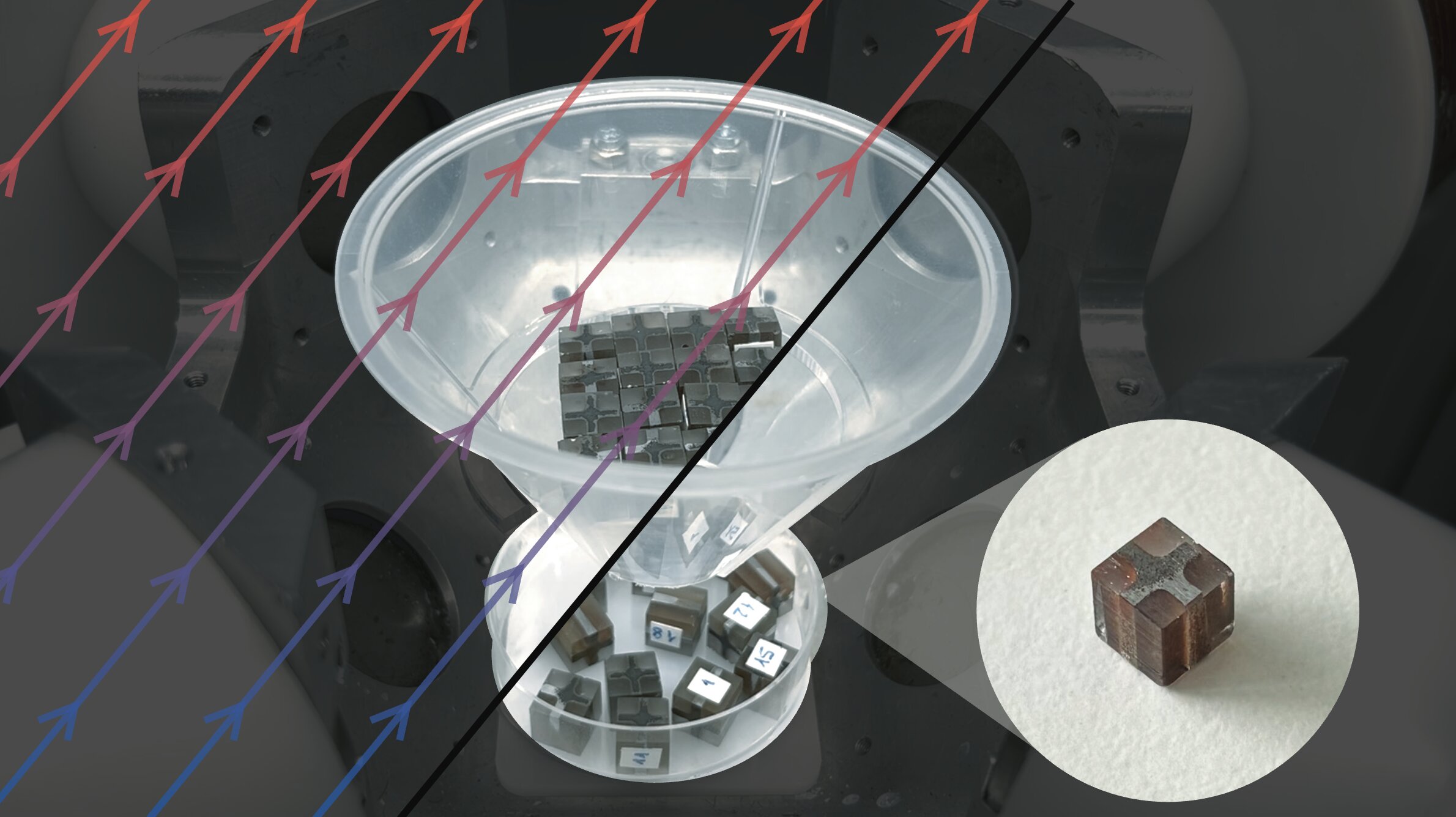Inovation
Magnetic Jamming: Revolutionizing Microrobotics

Could tiny magnetic objects, that rapidly clump together and instantly fall apart again, one day perform delicate procedures inside the human body? A new study from researchers at the Max Planck Institute for Intelligent Systems in Stuttgart and at ETH Zurich introduces a wireless method to stiffen and relax small structures using magnetic fields, without wires, pumps, or physical contact.
In music, “jamming” refers to the spontaneous gathering of musicians who often improvise without aiming for a predefined outcome. In physics, jamming describes the transition of a material from a fluid-like to a solid-like state—like a traffic jam, where the flow of cars suddenly stops. This transformation can also be triggered on demand, offering a powerful and versatile way to control stiffness for robotic systems.
In most robotic applications, jamming is achieved using vacuum systems that suck air out of flexible enclosures filled with materials such as particles, fibers, or grains. But these systems require pumps, valves, and tubing—making them difficult to miniaturize.
This is where the work of Buse Aktaş, head of the “Robotic Composites and Compositions (RoCoCo) Group” at the Max Planck Institute for Intelligent Systems, comes in. Together with colleagues from ETH Zürich, Aktaş developed a way to jam and unjam magnetic particles using only wireless magnetic fields—no tubes or pumps required.
“We combined magnetic and non-magnetic materials into composite particles that can attract and cling to one another on demand,” explains Aktaş. “When the magnetic field is switched off, they easily fall apart. This reversible and programmable clumping allows us to remotely tune the mechanical properties of materials.”
In the paper published in Nature Communications on September 30, the team presented millimeter-sized, dice-shaped magnetic composite particles which they placed on a platform surrounded by magnetic coils.
Depending on the composite design and the configuration of the magnetic field, the particles attract each other to form aggregates—along lines, surfaces, or throughout a volume.
-

 Facebook5 days ago
Facebook5 days agoWarning: Facebook Creators Face Monetization Loss for Stealing and Reposting Videos
-

 Facebook5 days ago
Facebook5 days agoInstaDub: Meta’s AI Translation Tool for Instagram Videos
-

 Facebook5 days ago
Facebook5 days agoFacebook Compliance: ICE-tracking Page Removed After US Government Intervention
-

 Facebook6 days ago
Facebook6 days agoBreaking Updates: Meta Connect 2025 Unveils Latest Developments
-

 Video Games6 days ago
Video Games6 days agoGoku Takes on the Dragon Ball FighterZ Arena
-

 Video Games7 days ago
Video Games7 days agoTekken 8: Rise of the Shadows
-

 Cars5 days ago
Cars5 days agoRevving into the Future: Ferrari’s Plan to Unleash 20 New Models, Including Electric Vehicles, by 2030
-

 Amazon7 days ago
Amazon7 days agoNeil Young Takes a Stand: Pulling Music from Amazon in Protest of Jeff Bezos’ Support for Trump































